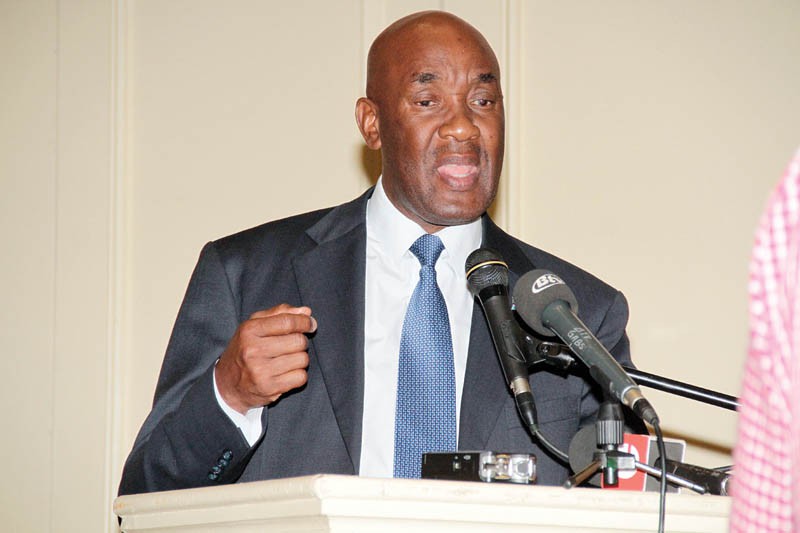Power imports surge 36% on Morupule B failures
Brian Benza | Tuesday March 31, 2015 14:49


According to figures released by Statistics Botswana (SB) yesterday, importation of electricity increased by 35.9 percent to 510,100 Mega Watt Hour (MWH) between the fourth quarter of 2014 and the same quarter of 2013.
“The increase in importation of electricity is attributed to the need to complement electricity generated locally, especially during the month of October 2014 as electricity generation locally was very low.
“As a result the country was forced to import more in order to meet the demand,” said SB.
In October last year, the Minister of Minerals, Energy and Water Resources Kitso Mokaila announced that all four units at the 600MW Morupule B power plant had broken down placing the country in a precarious position of relying on imports for 100 percent of its electricity needs. Constructed by Chinese company, CNEEC, the plant was supposed to have been fully operational by October 2012, but has been plagued by regular boiler failures in the past two years leading to widespread power cuts.
According to Statistics Botswana, comparison of the physical volume of electricity generation for the third and fourth quarters of 2014 shows that there was a decline of 38.4 percent, from 816, 465 MWH recorded during the third quarter to 502, 881 MWH during the fourth quarter.
In order to offset the electricity shortages, the SB report noted that the Botswana Power Corporation (BPC) increased output of the emergency power generators located at Orapa and Matshelagabedi to feed into the national power grid, even though this did not completely meet the demand. The report did not however specify how much of the locally generated power was produced by the two power peaking plants. The Orapa and Matshelagabedi plants were designed to generate a total of 160MW from a diesel consumption rate of 292, 000 litres and 50,000 litres respectively for a maximum of eight hours a day.
The Orapa plant is estimated that the two turbines of the power plant consumes up to 17,000 litres of diesel per hour at peak use. While electricity generation fell in the last quarter of the year, Statistics Botswana figures show that on an annual basis Botswana produced more than 50 percent of distributed power in 2014 for the first time due to the contribution from Morupule B.
In 2014, electricity generated locally contributed 59.2 percent of the distributed electricity during the year 2014 as compared to 48.0 percent during 2013. “This notable increase is attributable to on-going developments at Morupule power plant, which has also subsequently led to reduced imports of electricity in 2014,” reads the report.
On an annual basis, Botswana imported 1.6 million MWH from 1.8 million MWH in 2013.
Addressing Kgatleng District councilors last week, Mokaila said plans are underway to extend the import agreement with South Africa’s Eskom, which ends in December this year, to 2018.
Under the Eskom agreement, BPC can import 100MW on a firm basis, which can be increased by an additional 200MW, when available.
BPC also has other import agreement with power utilities in Mozambique, Zambia and Namibia. In a bid to augment local generation for the forth-coming winter season, BPC is also expanding generation capacity of its recently acquired Matshelagabedi power station to 105 MW from 70MW by May 2015.
